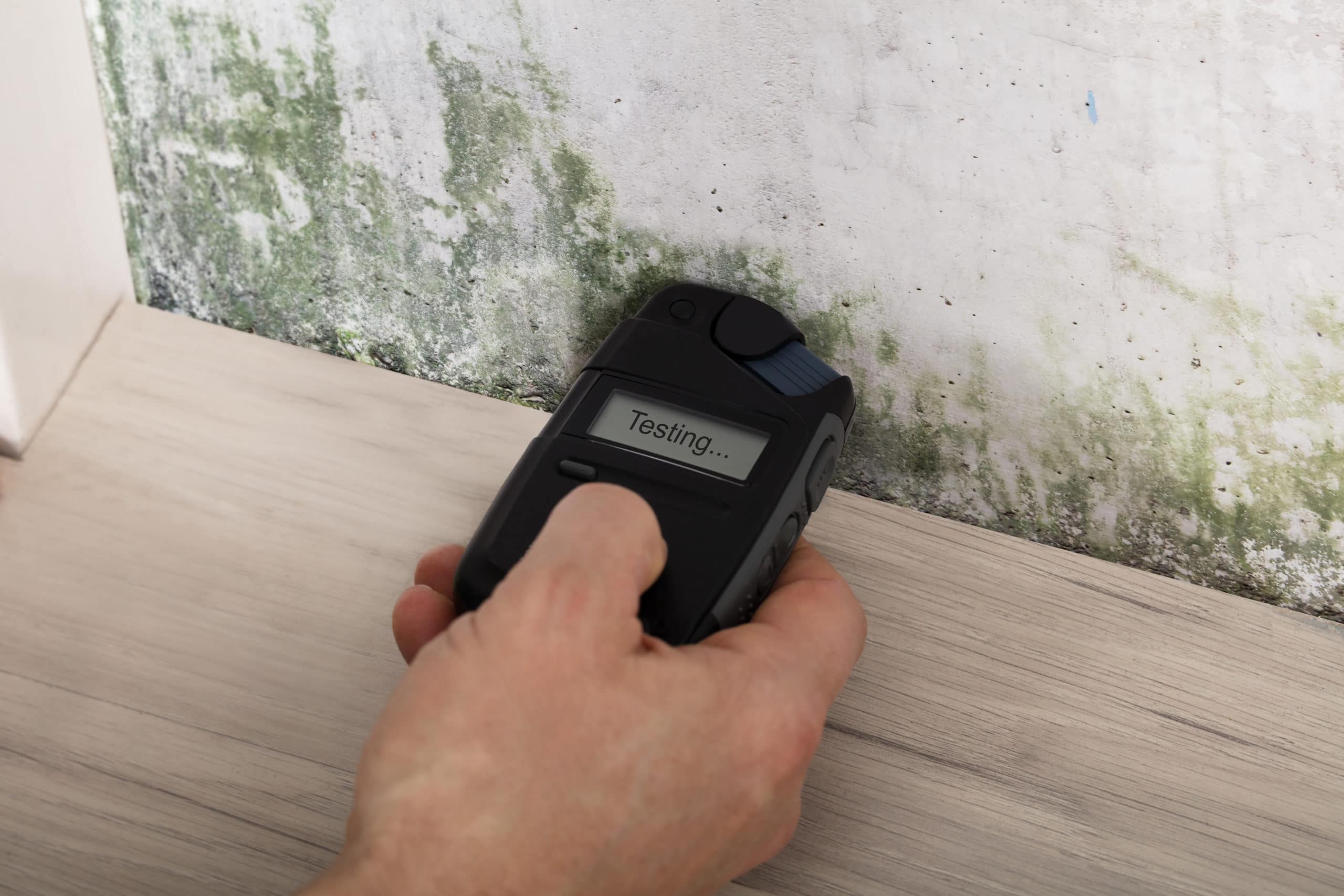Mold is an omnipresent concern for homeowners, particularly in regions with high humidity and damp environments. While mold spores are a natural part of our ecosystem, their presence in domestic settings can lead to serious health repercussions. Therefore, understanding the tools available for mold detection is crucial for maintaining a safe and healthy home environment.
Mold growth often goes unnoticed until significant damage has occurred or health issues arise. Young homeowners, first-time renters, or individuals who are environmentally conscious may not have prior knowledge about mold and its implications. This article presents an in-depth exploration of the various tools for detecting mold in the home, offering insights into the methodologies, technologies, and approaches that can be employed in this essential upkeep.
Recognizing the Signs of Mold: A Visual Introduction
While advanced tools and technologies exist for mold detection, being adept at visually identifying the signs of mold is the first step in the prevention process. Mold often appears as discolorations—typically green, black, or white spots—on walls, ceilings, and other surfaces. These visible manifestations are often accompanied by a musty odor, which can serve as an early warning sign for the presence of mold.
Moreover, areas that experience frequent moisture accumulation, such as bathrooms, kitchens, and basements, are prime candidates for mold growth. Understanding these visual cues is pivotal for both young individuals embarking on homeownership and those aiming to maintain a hygienic living space. When addressing suspected mold infestations, one must remain vigilant for potential hidden issues behind walls or beneath flooring.
The Essential Toolkit for Mold Detection
For those wishing to delve deeper into mold detection, a plethora of tools is available. Each of these instruments offers different capabilities and levels of accuracy for identifying mold infestations.
Moisture Meters: Understanding Moisture Levels
Among the primary instruments for mold detection is the moisture meter. These devices measure the moisture content in various materials such as wood, drywall, and concrete. A high moisture content often indicates an environment conducive to mold growth. Young homeowners should consider investing in a digital moisture meter, which provides precise readings and user-friendly interfaces. By routinely assessing areas susceptible to moisture, such as near plumbing fixtures or exterior walls, potential mold issues can be mitigated before they escalate.
Thermal Imaging Cameras: Seeing Beyond the Surface
Thermal imaging technology has revolutionized the way homeowners approach mold detection. These cameras detect infrared radiation emitted from objects, thus allowing users to visualize temperature differentials in surfaces. Areas with abnormal heat signatures often indicate moisture accumulation, potentially signaling hidden mold. Incorporating thermal imaging cameras into home inspections can yield valuable insights, particularly in challenging spaces such as attics or behind cabinets. While these devices require an initial investment, their fine-tuned sensitivity can render them invaluable for appraising the overall health of a dwelling.
Air Quality Testing: Assessing Indoor Air Composition
Air quality testing kits are another potent tool for detecting mold. These kits typically involve collecting air samples from various locations within the home. Once collected, samples are sent to laboratories for analysis, identifying the presence and types of mold spores present in the air. Young individuals conscious of overall air quality may find this option particularly appealing, as it not only ascertains mold presence but also evaluates the broader spectrum of indoor air pollutants. Various kits exist for different budgets, allowing flexibility depending on the severity of concerns.
Swab Tests: The Direct Approach
For those who want a more hands-on approach, swab tests can yield direct results regarding mold presence. These kits involve using swabs to collect samples from suspected mold-infested areas. The collected samples can be analyzed at specialized laboratories, providing data not just on identification but also on the concentration of mold colonies. Such a tangible method of assessing mold can instill a sense of empowerment in young homeowners who prefer a proactive stance in mold management.
Employing DIY Solutions Versus Professional Inspections
While the aforementioned tools can aid in visual assessments and preliminary checks, it is essential to discern when to rely on professional mold inspections. DIY solutions may initially appeal due to their cost-effectiveness and accessibility. However, situations involving extensive mold damage or underlying moisture issues may require the expertise of certified mold inspectors.
A professional mold inspection not only utilizes advanced detection tools but also involves comprehensive assessments of your home, reviewing moisture levels, ventilation, and overall environmental factors that could contribute to mold proliferation. Understanding the balance between DIY precautions and professional interventions is crucial in navigating effective mold management.
The Critical Role of Prevention
While detection tools are vital for assessing mold’s presence, it is equally important to emphasize prevention strategies. Implementing proactive measures can significantly reduce the chances of mold re-emerging after it has been treated. Ensuring proper ventilation in your home—particularly in moisture-prone areas—promotes air circulation and reduces humidity levels. Advancements in technology have also enabled the emergence of smart home systems equipped with humidity monitoring features. Young homeowners can leverage these tools to receive real-time alerts, enabling them to act swiftly when humidity thresholds reach concerning levels.
Moreover, regularly inspecting bathrooms, kitchens, and basements, along with routine maintenance of plumbing and roofing systems, can prevent moisture accumulation. Understanding the significance of leak detection can save homeowners time, money, and health hazards in the long run.
Conclusion: Equip and Educate
Mold detection requires a combination of vigilance, knowledge, and proper tools. For young individuals entering the world of homeownership or rental arrangements, being equipped with the right information can empower them to maintain healthier environments. The technologies discussed not only facilitate mold detection but contribute to a broader understanding of household management.
By employing a mix of visual assessments, moisture testing, air quality evaluations, and direct sampling, mold detection can transition from an overwhelming task to a manageable process. Ultimately, fostering a culture of prevention combined with a proactive approach will ensure that mold remains a concern of the past rather than a threat to future well-being.
